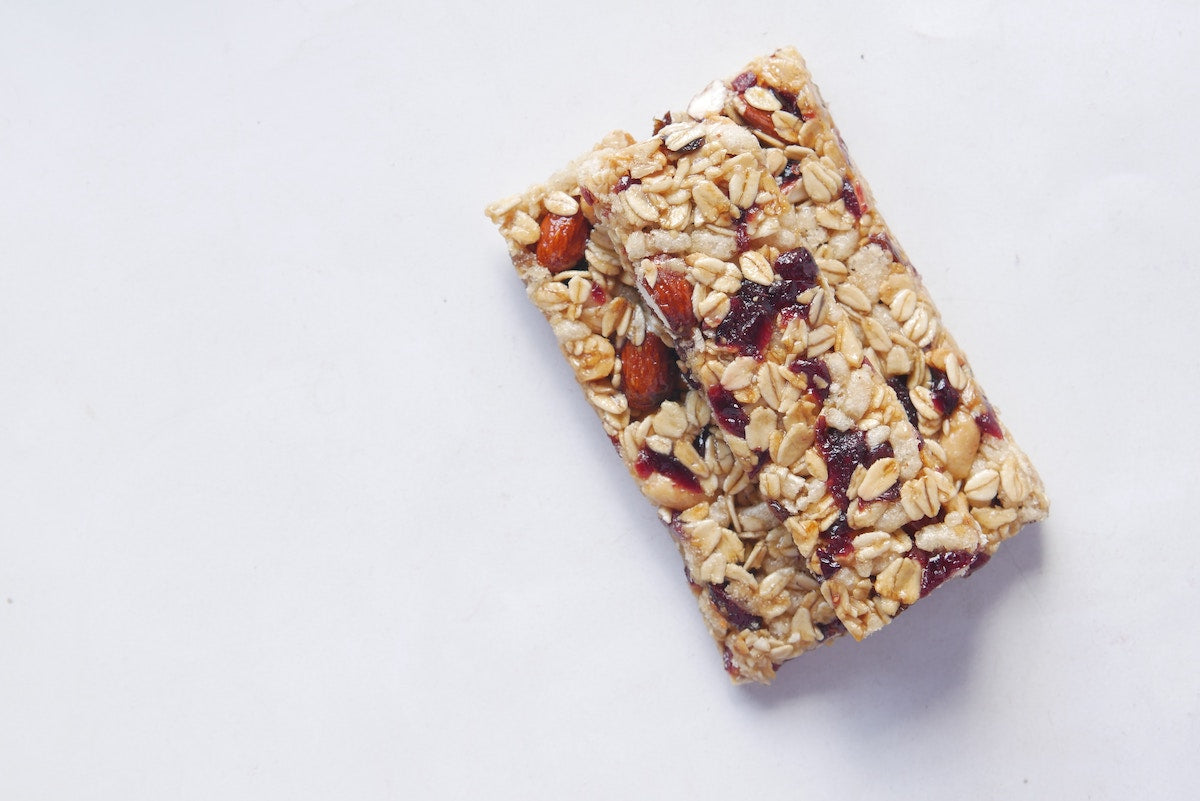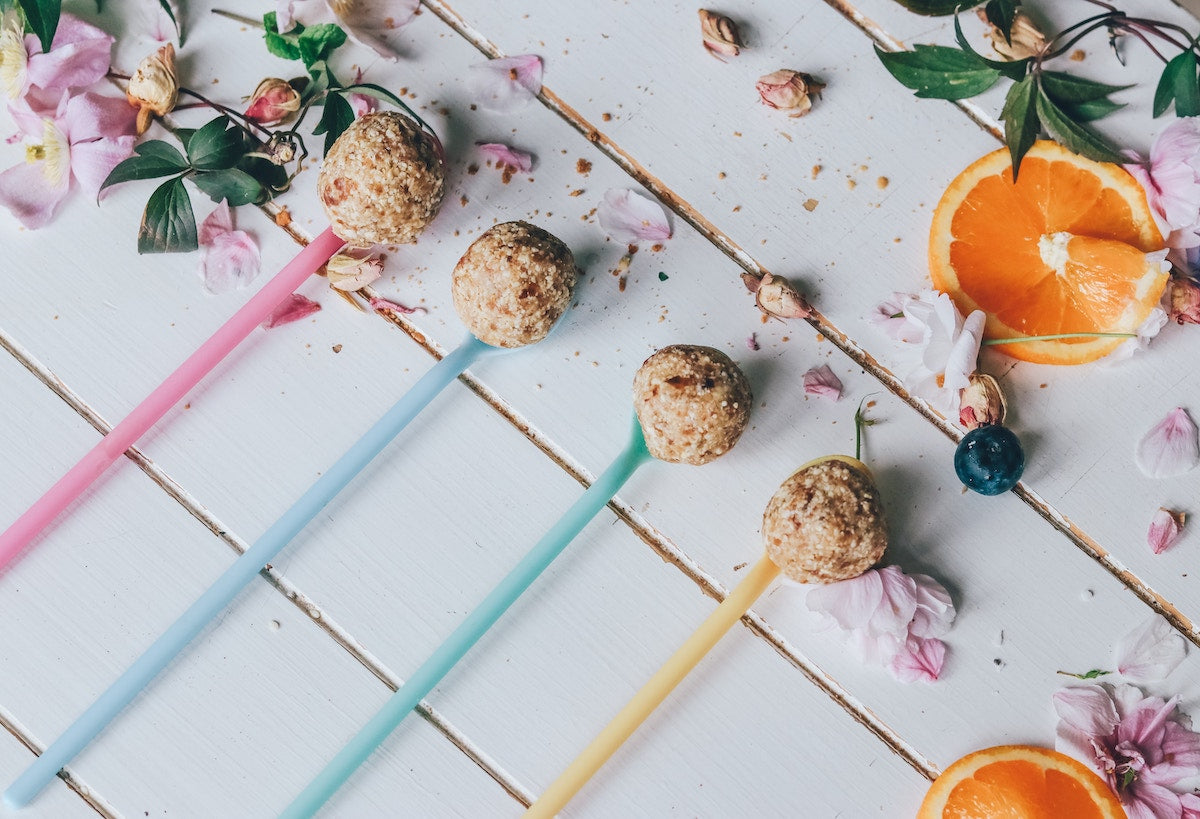Wild Blog
-
Homemade protein bars are nutritious, portable snacks that can be tailored to suit a variety of dietary preferences. They are a great way to ensure you are getting enough protein throughout the day, especially if you lead an active lifestyle....
-
Protein balls, also known as energy balls or protein bites, are small, bite-sized snacks packed with protein and other nutrients. They are typically made with protein powder, oats, nuts, seeds, and a sweetener like honey or dates. As an on-the-go...

